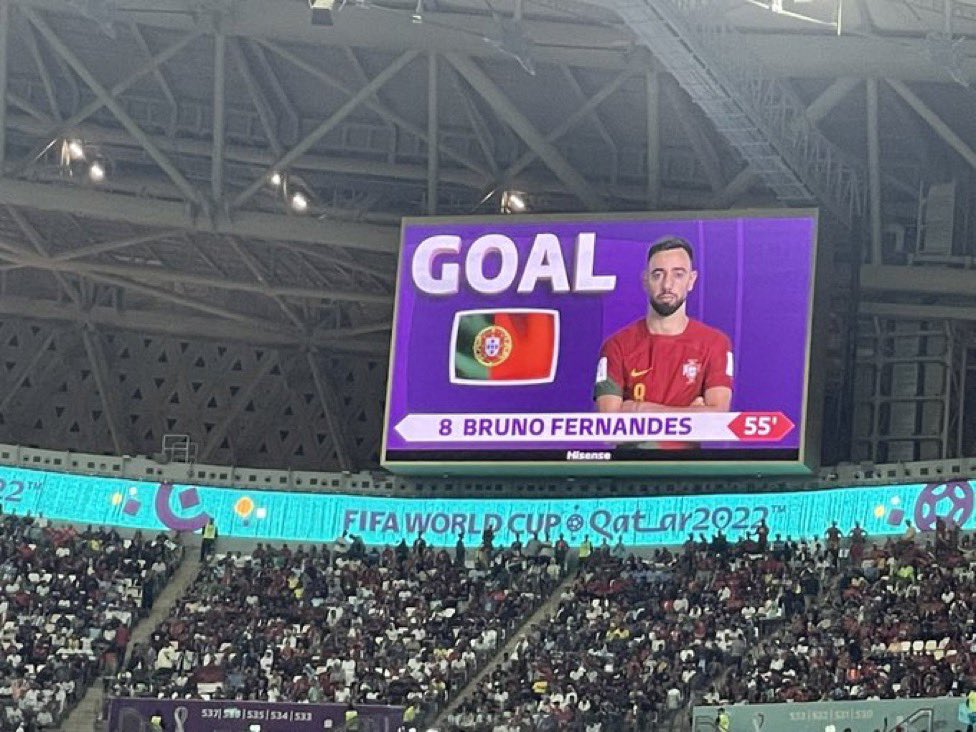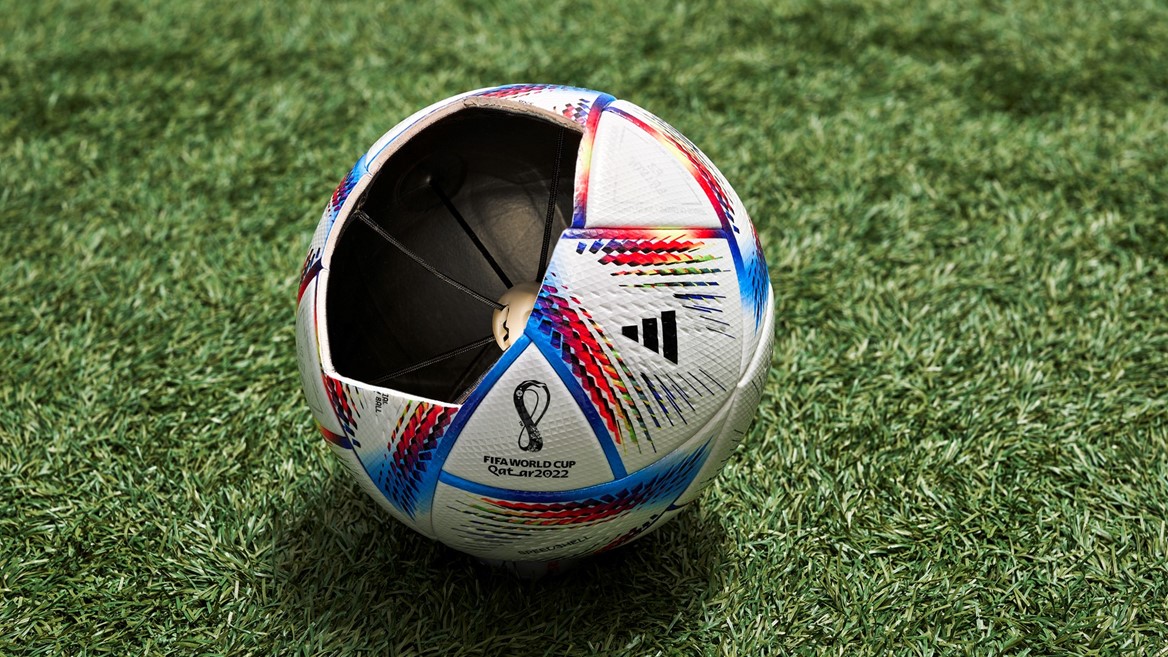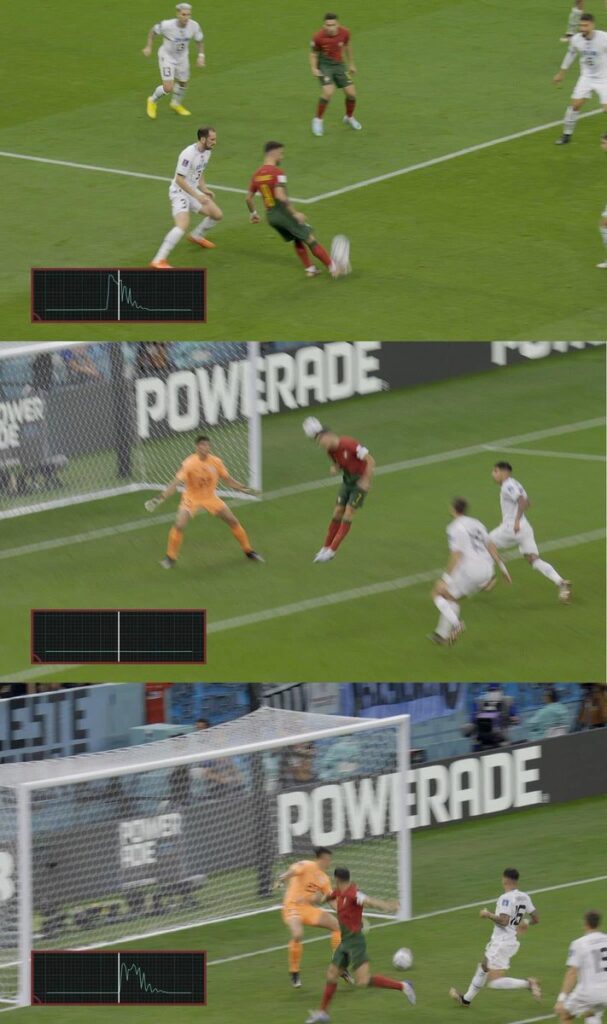Portugal is one of the only two teams to have won both their FIFA World Cup fixtures until now in Qatar and their latest win against Uruguay seems to be a night to remember for Bruno Fernandes.
Official FIFA records will show that the Portuguese midfielder secured a brace against the South American side with the opening goal early in the 2nd half and a subsequent penalty conversion in the match’s injury time.
However, Cristiano Ronaldo, Fernandes himself and Portuguese football officials claim that it was, in fact, a goal assisted by Bruno Fernandes and ultimately headed into the goal by the Portuguese captain.
Fernandes even issued official statements saying that he and the rest of the team even celebrated the goal as if it were scored by the 37-year-old and not by Fernandes.

Amid all the controversy, Adidas claims to have a definitive answer as to who scored the opening goal against Uruguay. The Official Ball Manufacturer for the FIFA World Cup did not shy away from adducing evidence that form the basis of their claim.
But, before we get there, here’s an interesting piece of information. The Al Rihla, created by Adidas for the Qatar FIFA World Cup, uses cutting-edge technology at the very core of the ball.
The ball has been constructed with an Adidas Suspension Unit that houses a 500Hz IMU or Initial Measurement Unit sensor that collects and transmits all data related to the ball while it is in play about 500 times in a second.
The objective is to track every piece of data related to the ball’s movement and make the job of tracking the ball’s position relative to the lines on the pitch and any data related to contact with the ball by players.

Now, back to Adidas’s claim – the sports manufacturing giant’s verdict on the goal is that Cristiano Ronaldo had no contact with the ball. Ergo, the goal must be credited to Bruno Fernandes.
At first, this may seem like Adidas’s ploy to discredit Cristiano Ronaldo, their largest rival’s principal brand ambassador and credit the United youngster for a crucial goal in the match.
And yet, Adidas have furnished what they believe to be conclusive proof of the fact that the goal belongs to Bruno Fernandes.
Using real-time graphs of the sound measurements from the ball, Adidas displays the lack of a ‘heartbeat’ in the graphs right up until the ball hits the ground after Bruno Fernandes’ chip into the penalty area, where it supposedly grazed Ronaldo’s head.

The absence of any recordable frequency, according to Adidas, is proof enough to show that Ronaldo had no contact with the ball in that move.
Unfortunately, this means that Cristiano Ronaldo missed out on an opportunity to become Portugal’s record scorer in the World Cup, next to Eusebio with 9 World Cup goals.
However, seeing as the goal officially belongs to Bruno Fernandes, Ronaldo will have to satisfy himself with a goal or two in the coming matches if he wishes to go down as a World Cup legend in Portuguese history.



